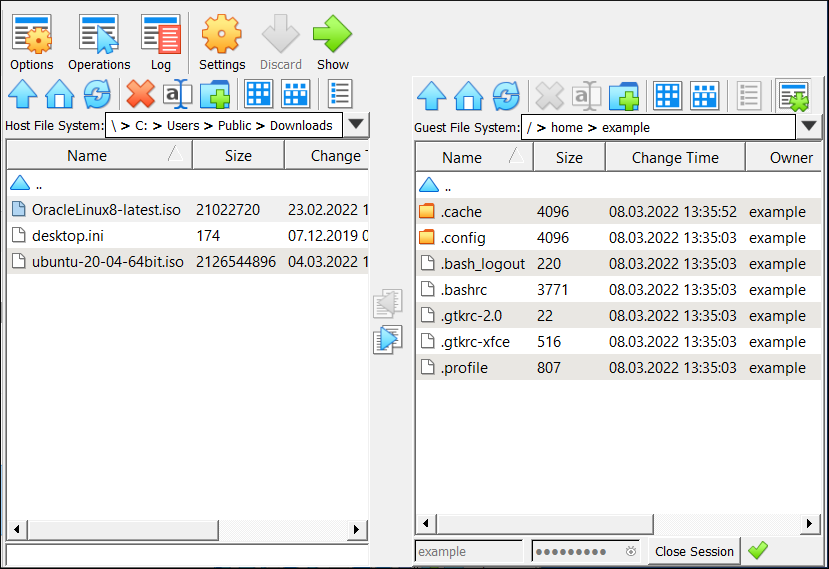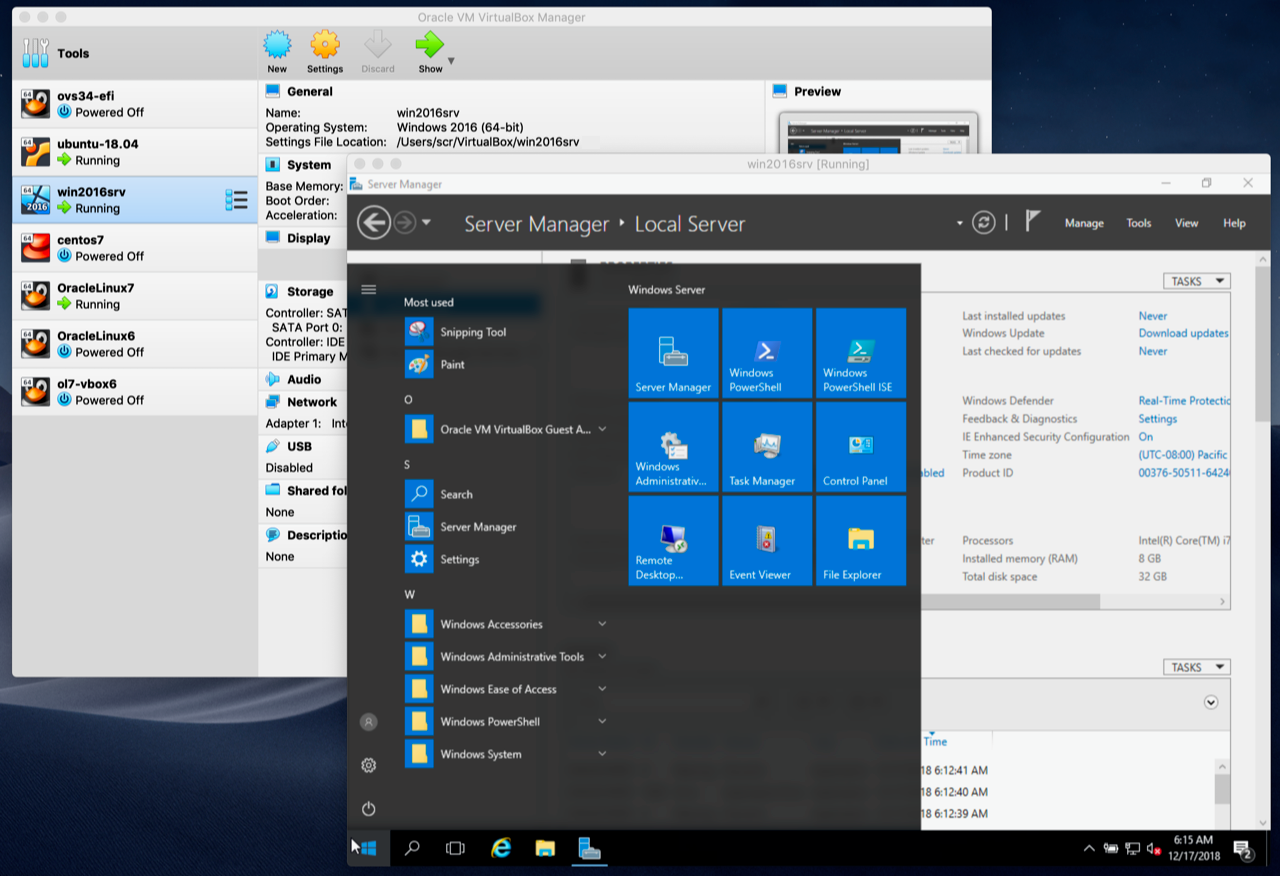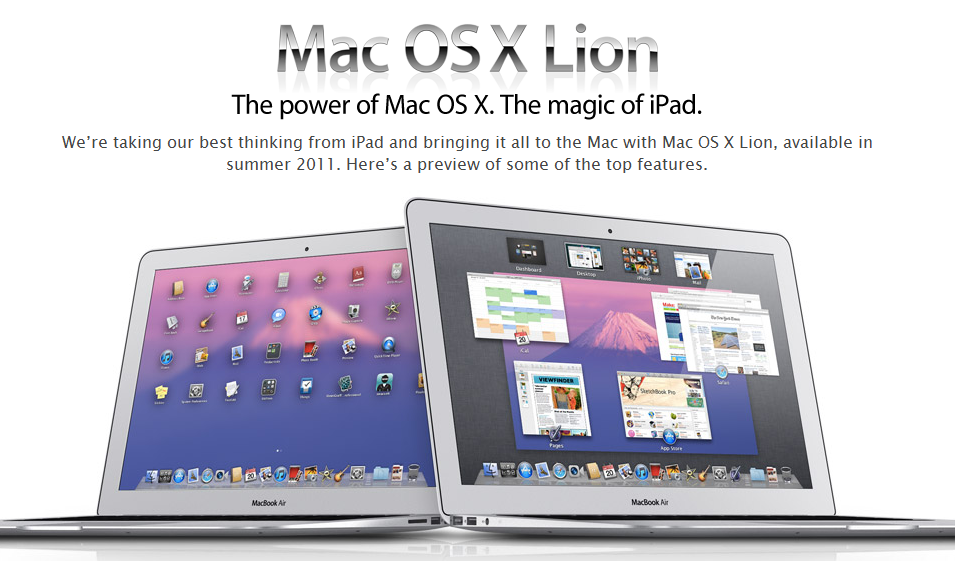This guide is about the How to Resize a VirtualBox VDI or VHD File on Mac OS X. I will try my best so that you understand this guide very well. I hope you all like this guide How to Resize a VirtualBox VDI or VHD File on Mac OS X.
Osx Vm
It is a free and powerful x86 and AMD64/Intel64 virtualization product available for most of the operating systems such as Linux, Microsoft Windows, Mac OS X, Solaris and ported version for FreeBSD. Read wiki about VirtualBox. You can follow our blog for new images we release for VirtualBox. Download VDI images for VirtualBox.
- To install VirtualBox, click on the setup then hit next and next. Finally, click “Finished”. Create a New Virtual Machine. Now, you have to create a new Virtual Machine. Open the VirtualBox then tap on “ New ” at the upper left-hand side and name the Virtual Machine “ OS X El Capitan “.
- Virtual Desktop Infrastructure (VDI) is virtualization technology that hosts a desktop operating system and applications on a centralized server in a data center. This enables a fully personalized desktop experience to users with a fully secured and compliant centralized source.
- Mac vdi images free download. Etcher Etcher is a powerful OS image flasher. It protects a user from accidentally overwriting hard-drives.
If you use VirtualBox to run guest operating systems on a Mac virtual machine, such as Windows 10 or Ubuntu Linux, you may need to resize the virtual disk size that the operating system is on. This is often the case when you are underestimating how much space is needed to properly install on a virtual machine with dynamically allocated storage space.
To resize a VDI or VHD file on Mac OS X (this may work the same way on Linux, let us know), use the VBoxManage tool from the Mac command line. Even if you choose to install the VirtualBox command-line tools, it is not your path, so you will go to the VirtualBox.app content to use the utility instead.
Since this is a virtual machine modification, it is a good idea to back up the VDI or VHD file in advance, if you are not happy with the terminal at all, you need to back up the whole Mac first. Keep in mind that the full-size utility uses megabytes to measure, so if you change the vm file to 30GB, which is 30,000MB, 50GB to 50,000, and so on.
How to resize a VirtualBox virtual disk in Mac OS
- Shut down the virtual machine and close the VirtualBox
- Open the Terminal application and use the following command to go to the VirtualBox application directory:
- Now in the correct directory, you are ready to execute the resize command with the following syntax:
- If you want to check that the change has taken place with the showhdinfo command:
- Restart VirtualBox and restart the newly modified guest operating system
cd /Applications/VirtualBox.app/Contents/Resources/VirtualBoxVM.app/Contents/MacOS/
VBoxManage modifyhd size [new size in MB] [/path/to/vdi]For example, suppose a Windows 10 VM VDI file is located at /Users/Paul/Documents/VM/Windows10.vdi and we want it to grow from 15 GB to 30 GB, the syntax format would be: VBoxManage modifyhd size 30000 ~ / Documents /VM/Windows10.vdi
VBoxManage showhdinfo ~ / path / to / vmdrive.vdi
If the path to the VM file is in a deep-rooted or complex location, use quotation marks or drag a drop to print a path trick that works well in Terminal to point correctly to a complex directory hierarchy.
Resizing a drive with VBoxManage is basically done immediately from the command line, but keep in mind that when you return to a virtual operating system (Windows, OS X, Linux, or anything else you have in VirtualBox), you’ll probably want to reshare it. the partition uses the new space.
I ran this to increase the minimum size of the dynamic allocation, if the VDI file is a fixed size and you want to reduce it, VBoxManage still does the job, but you’re looking for – a compact flag.
VBoxManage is a useful tool with many good uses. You can also use it to clone a virtual disk and edit almost anything in VirtualBox from the command line. If you plan to use VBoxManage frequently, you may want to add it to your path or create an alias for ease of use.
Do you know another way to resize VirtualBox VDI? Let us know in the comments.
Benefits: How to Resize a VirtualBox VDI or VHD File on Mac OS X
- The How to Resize a VirtualBox VDI or VHD File on Mac OS X guide is free to read.
- We help many internet users follow up with interest in a convenient manner.
- The price of the How to Resize a VirtualBox VDI or VHD File on Mac OS X guide is free.
FAQ: How to Resize a VirtualBox VDI or VHD File on Mac OS X

Guide about How to Resize a VirtualBox VDI or VHD File on Mac OS X
How this Guide helping you?


What are the supported devices for this guide?
What are the supported Operating system?
Final note: How to Resize a VirtualBox VDI or VHD File on Mac OS X
If you have any queries regards the How to Resize a VirtualBox VDI or VHD File on Mac OS X, then please ask us through the comment section below or directly contact us.
Education: This guide or tutorial is just for educational purposes.
Misinformation: If you want to correct any misinformation about the guide “How to Resize a VirtualBox VDI or VHD File on Mac OS X”, then kindly contact us.
Want to add an alternate method: If anyone wants to add more methods to the guide How to Resize a VirtualBox VDI or VHD File on Mac OS X, then kindly contact us.
Our Contact: Kindly use our contact page regards any help.
Using VirtualBox always gives you plenty of significant benefits. The program`s rich functionality and comfortable interface attracts thousands of developers worldwide, making the tool the most popular virtualization utility. You can easily install any OS using virtualization app with changes to your current OS. Below you can find a detailed instruction on how to install OS X Montain Lion on VirtualBox quickly and easily.
Computer Requirements
First of all, you will need a machine with Windows to run Mac OS X on Windows. Note: your Windows OS should to be 64-bit, since OS X Mountain Lion is a 64-bit OS. You will also need more than 10 GB of unused hard drive space.
Right click on 'My Computer' to choose 'Properties' to check the stats of your computer.
General Requirements
- Installed VirtualBox
- iAtkos ML2: The standard way on installing OS X Mountain Lion still doesn't work with Virtualbox. That is why you'll have to obtain a special distros, such as iAtkos
- Multibeast 4.6.1 : a special utility for post-installation tool for your connveniencr
Step 1: Preparing for work
Download VirtualBox package, install and open it up.
Step 2: Creating a new virtual machine
Open Virtualbox and choose 'New'. Type the VM`s name, and click 'Mac OS X' for the OS Type.
We highly recommend assigning 4 GB of RAM to your new VM; however, you can choose even 2 GB of RAM.
Then you will be asked to set up a new hard disk for your VM. It is better to choose VDI type of VM, as well as choose a dynamically expanding disk.
Step 3: Give your new VM an OS
Choose your Mac OS X VM from the main menu of VirtualBox, and open up its settings. Then visit 'System' and uncheck the 'Enable EFI' option. This is the most important option that you will need to change.
Move to the options for 'Storage'. In this box, you'll get a CD icon 'Empty'. Click it and then 'Choose a virtual CD/DVD disk file'. Choose the .dmg file for iAtkos ML2 in the new window
When your virtual machine launches for the first time, it will boot into iAtkos.
Step 4: Install OS X Mountain Lion
Launch your VM. You will see an iAtkos boot screen, with a special CD icon in the middle.
The virtual machine will automatically launch installer for Mac OS X.
Than launch Disk Utility situated under the Utilities menu.
Note: Mac OSX can be installed only on a clean disk. Choose the VirtualBox hard disk - Disk Utility and delete everything from it.
Click the 'Customize' button to continue the process.

The default sttings will make Mac OS X to boot from the VM without any help.

Visit Bootloader Options - Graphics Mode to choose the most suitable resolution of your monitor.
Then you will need to return to the installation page and choose 'Install'. No worries about crashing black screen after the process complete. Just proceed to the next step.
Step 5: Boot it up
Restart your VM, and remove iAtkos from your virtual drive. To eject the tool, just right-click on the CD icon. Press the right 'Ctrl' key to allow your mouse to escape form the undesirable screen.
Then restart your virtual machine one more time. You will be able to see the following screen:
Virtualize Mac Os
Mountain Lion will boot in no more than a couple of seconds, leading you to the Mac OS X setup screen.
Mac Os X Vdi Image
Now you`ve successfully installed OS X Montain Lion on VirtualBox! Although the process is a little bit long, you might still enjoy using the app!
